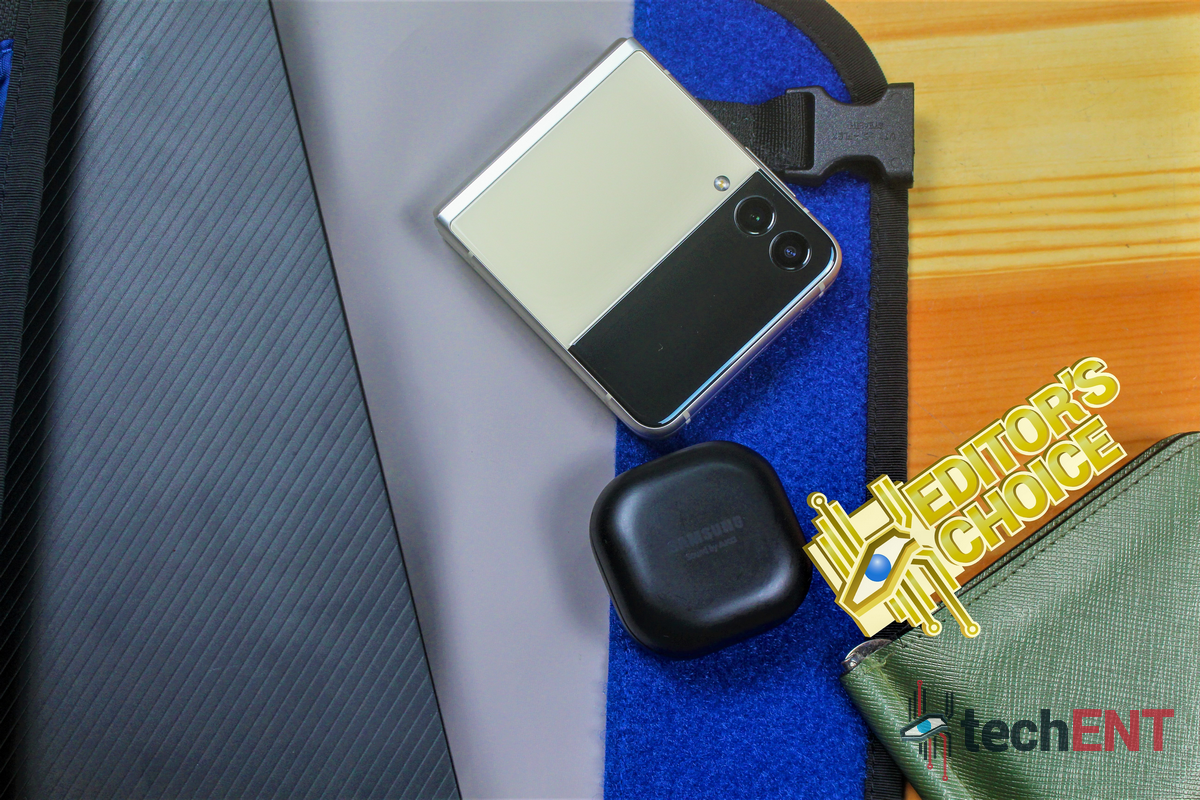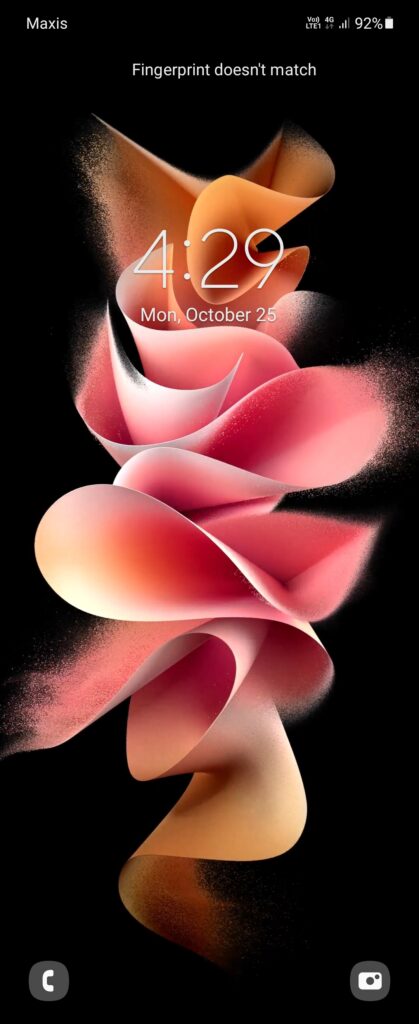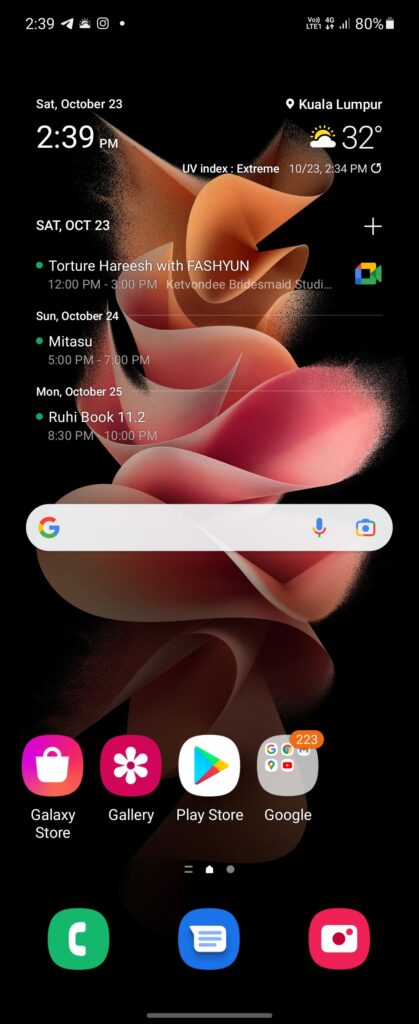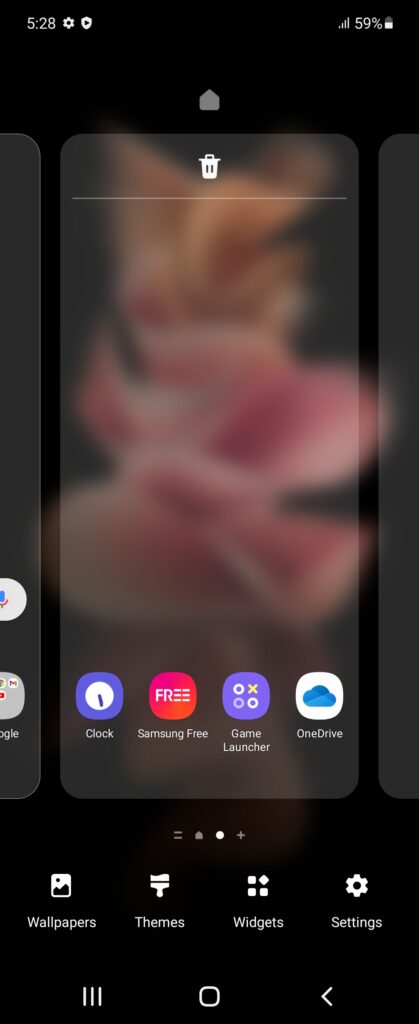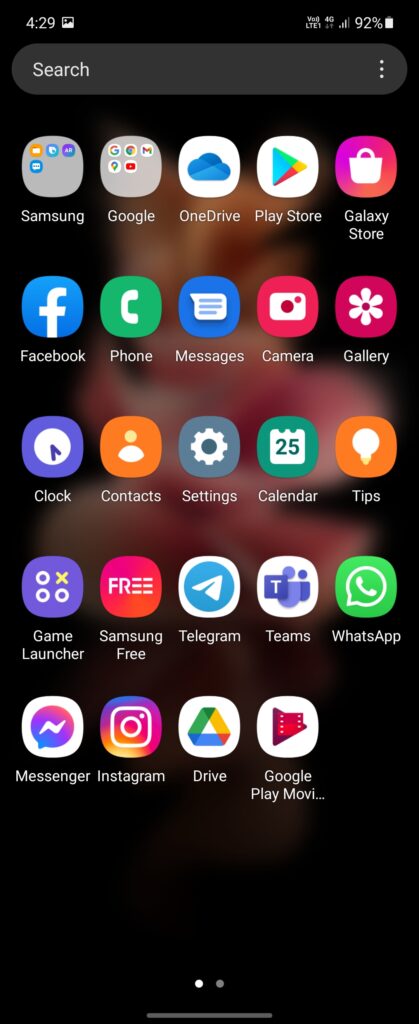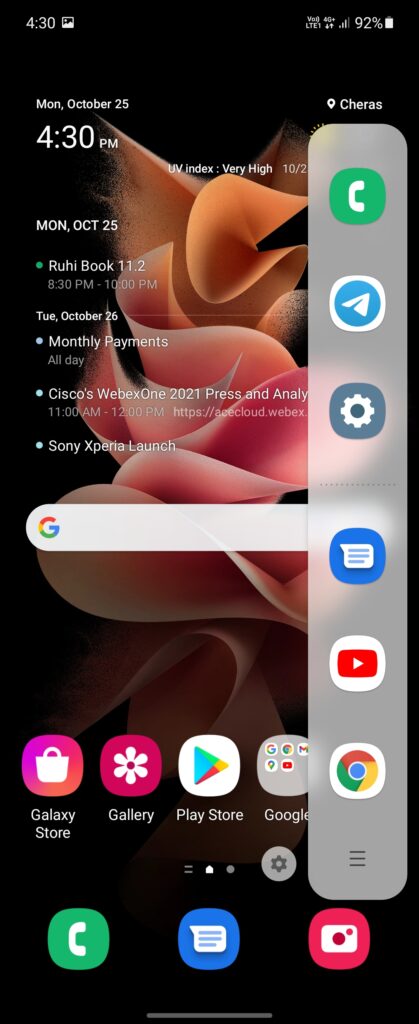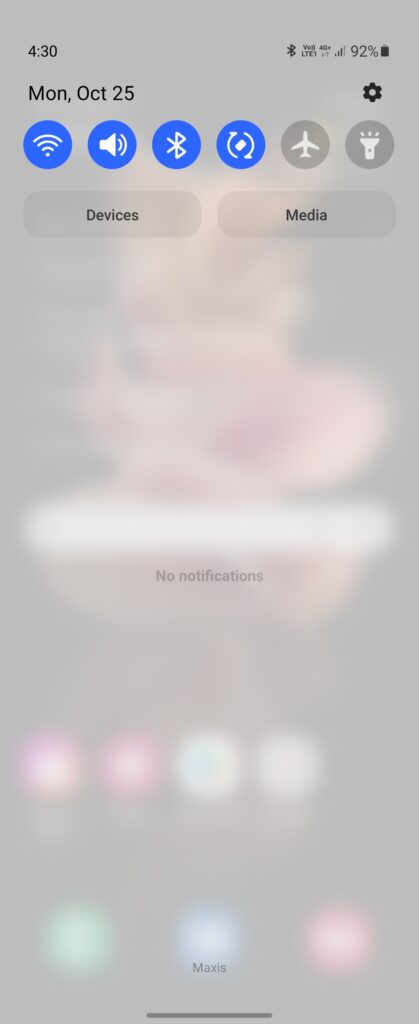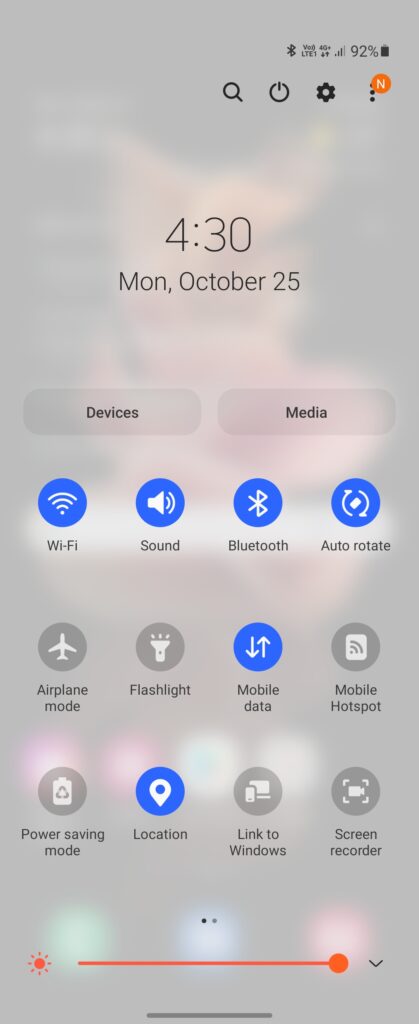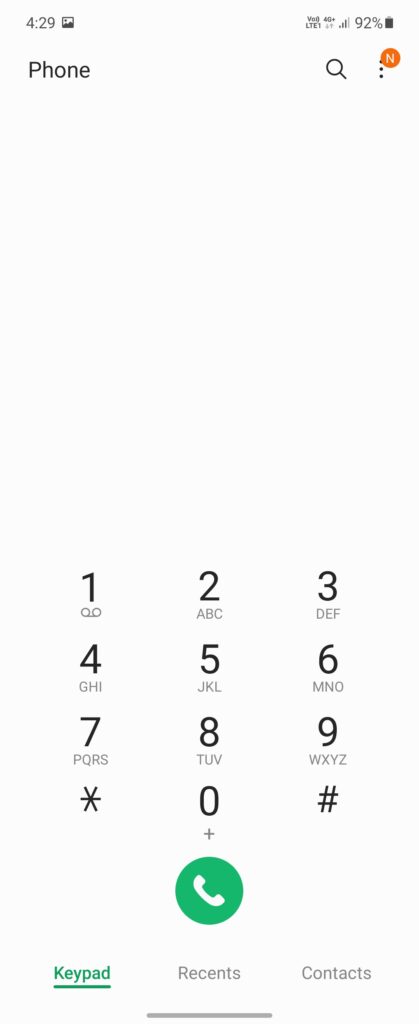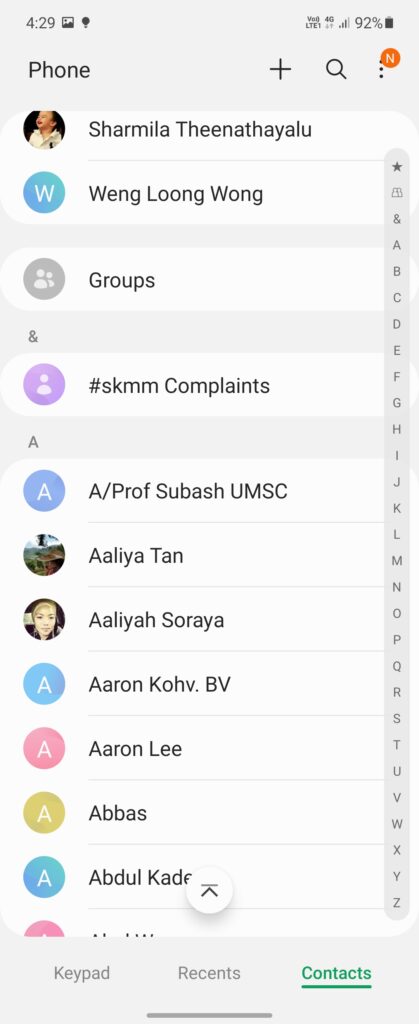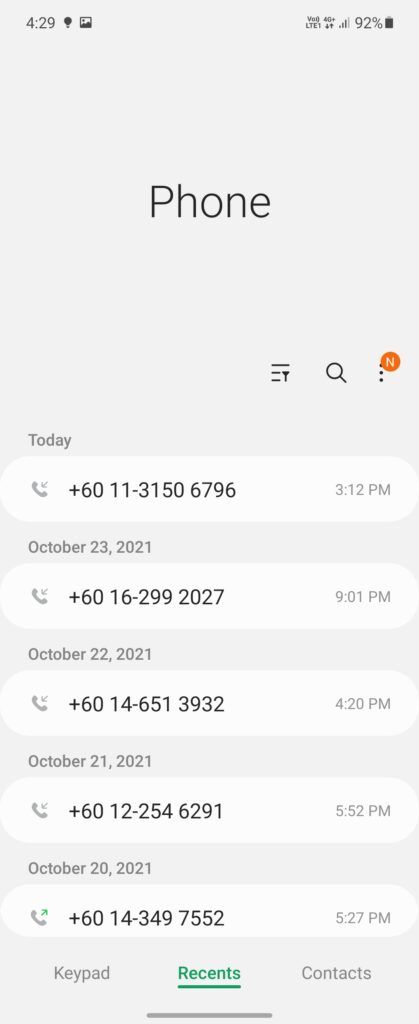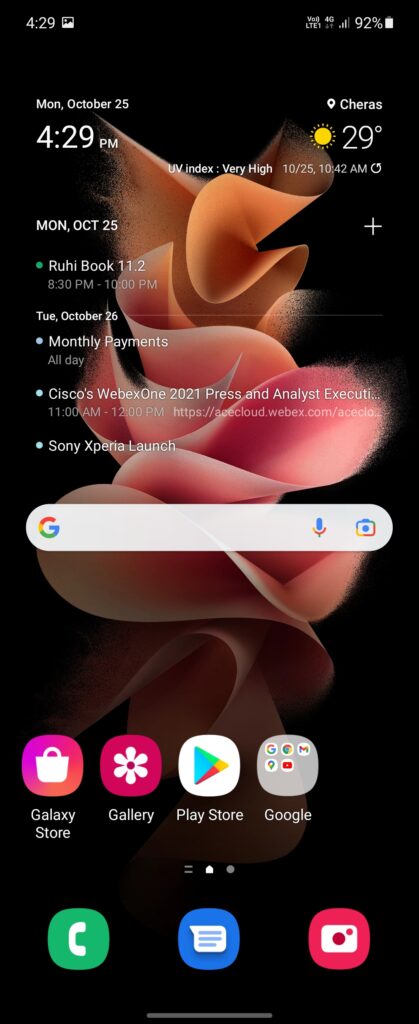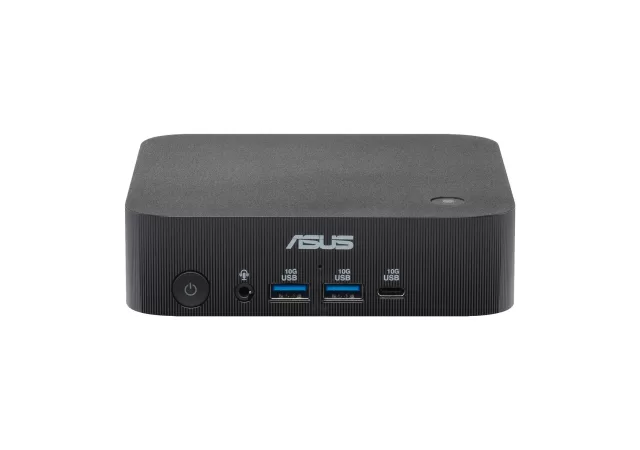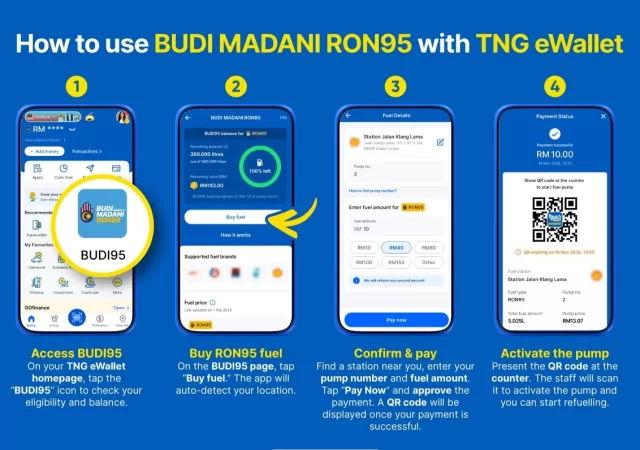Foldables – that’s what seems to be driving a new wave that is set to change how our phones look and feel in the near future. Samsung seems to be banking hard on foldable with a shift in their release schedule and strategy. Their once cornerstone Note series has seemingly given way to their new Galaxy Z series while its parts and features make it to other devices.
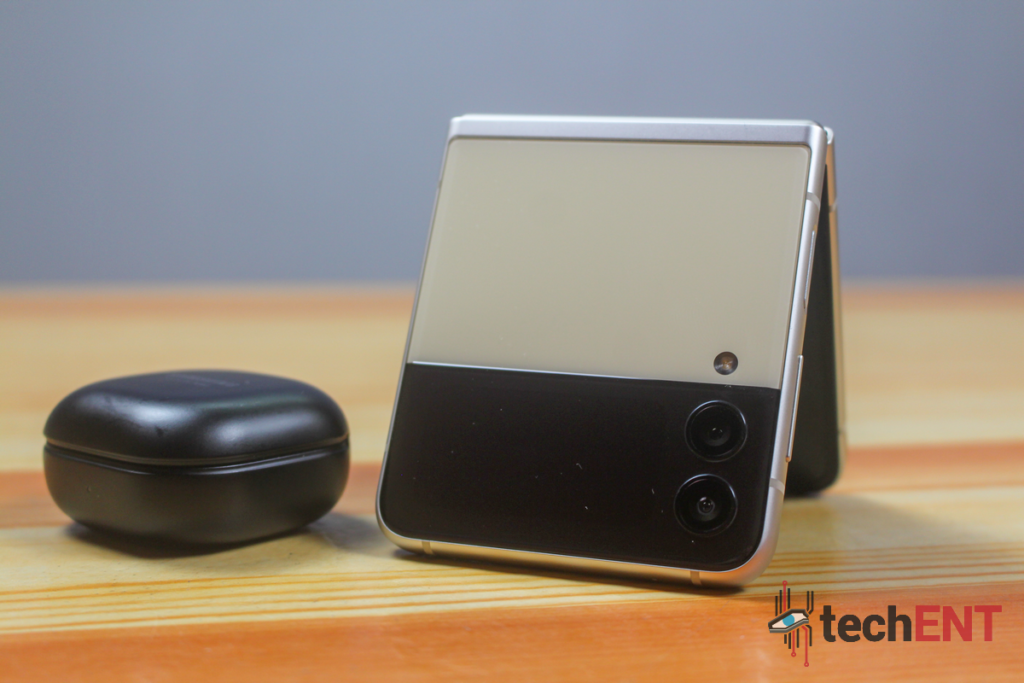
The Galaxy Z Flip3 is one of the latest devices in the Galaxy Z series and takes a sharp focus on self-expression and style. This is most evident with the announcement of the Galaxy Z Flip3 Bespoke Edition. However, unlike its predecessor, the Galaxy Z Flip3 comes with flagship specifications and features to complement them.
That said, we still have big questions that need to be answered – Is it worth your time and money? Does it belong in your pocket or should you pass and wait for another? Is the Z Flip 3 a worthy successor to the Galaxy Note series?
Design
The focus of the Galaxy Z Flip3 is its style and design – there’s no hiding that. The changes Samsung made from the Galaxy Z Flip and Z Flip 5G clearly show the direction that the smartphone is taking moving forward. To be very frank, it’s a direction that makes sense for the Z Flip lineup. We’ve all seen and experienced the twin technological flagships, in fact, we see that with most other companies in the mobile industry. The change in focus is a refreshing approach to a smartphone and one that seems to benefit the foldable – benefits we explore later in the review.
The first change you’ll notice on the Z Flip3 is that Samsung has done away with the rounded form factor of the original. It no longer tries to mimic a lady’s compact but instead looks more akin to a Galaxy flagship folded over. Its frame acts as a design accent which makes it look sleek, thin and stylish. It also highlights the design accents of the smartphone’s body.






The Galaxy Z Flip3 also makes one literal big change – the cover display. It changes the small, rather useless display of the original for a larger, more functional 1.9-inch display. This display is expertly blended into a large, black accent which also hides the dual camera setup on the new foldable. We will explore the functionality later in the review.
On the back, Samsung is using the same, but improved hinge we first saw in the Flip. It no longer occupies a prominent band on the back when the phone is unfolded. Instead, the hinge disappears seamlessly into the body of the phone when unfolded. The two halves meet in the middle leaving only a slimline where the hinge once was. The two halves are beautifully finished glass/glasstic with a glossy finish. When held the weight of the metal frame, glass panels and internals gives the Flip3 good weight while still remaining relatively light.
Where the design takes a departure from the run of the mill smartphone is when it’s neatly folded in half. The small, square form factor makes the phone easily pocketable. Samsung works to keep some functionality in the smartphone even in this form. That said, the smartphone seems like it’s only touching the tip of the iceberg when it’s in this form and, to be honest, those who are used to carrying a compact – will welcome the design and form factor.
Hardware
The hardware of the Galaxy Z Flip3 is a welcomed upgrade from the original. Instead of being a very public beta test, the new Flip3 feels well thought out and worthy of being a flagship. In fact, the hardware in the smartphone emphasizes the form over specifications approach that Samsung is taking with the line-up.
Specifications
| Processor | Qualcomm SM8350 Snapdragon 888 5G (5nm) Octa-Core @ 1×2.84GHz Kryo 680, 3×2.42GHz, 4×1.80GHz |
| RAM | 8GB (As Tested) |
| Memory | 128GB (As Tested) 256GB |
| Graphics Processing Unit (GPU) | Adreno 660 |
| Display | Foldable AMOLED 2X panel 6.7-inch (~426 ppi) 1080×2640 pixels FHD+ resolution 22:9 Aspect Ratio 120Hz Refresh rate |
| Operating System | Android 11 with One UI 3.1.1 |
| Battery | Non-Removable 3,3000mAh Li-Po Fast Charging (15W) Fast Wireless Charging (10W) Reverse Wireless Charging (4.5W) USB-PD 3.0 |
| Connectivity | Nano SIM 5G/4G LTE/EVDO/HSPA/CDMA/GSM Wi-Fi 802.11 a/b/g/n/ac/6(ax) A-GPS, GLONASS, GALILEO, BDS A2DP Bluetooth 5.1 OTG Support USB 3.1 Type-C |
| Camera | REAR: Dual Sensor: 12-Megapixel (f/1.8, 1/2.55″, 27mm (wide angle), 1.4µm Dual Pixel Phase Detection Autofocus (PDAF) Optical Image Stabilisation (OIS) 12-Megapixel (f/2.2,123˚ (ultrawide), 1.12µm) HDR10+ LED Flash 4K Video recording (30/60fps) 1080p Video recording (60/240fps) 720p Video recording (960fps) FRONT: 10-Megapixel (f/2.4, 26mm (wide), 1.22µm) 4K video recording (30fps) |
| Sensor | Accelerometer Proximity Fingerprint (side-mounted) Gyroscope Compass |
| Miscellaneous | Single SIM/eSIM |
| Retail Price (Malaysia) | MYR 3,999 (128GB) MYR 4,199 (256GB) |
| Retail Price (US) | USD$ 999.99 (128GB) USD$ 1,049 (256GB) |
User Interface
When it comes to the user interface, the Galaxy Z Flip3 is your run of the mill One UI interface. It does, however, have a big difference – its length. The foldable is slenderer and longer than your regular Samsung candy bar phones. Thus, it comes as no surprise that Samsung’s One UI has been adapted to the unique form factor as well as the many different modes that the unique fold form factor brings along with it.
The 9:22 aspect ratio is a unique form for Android. What Samsung has done is just scaled the UI to facilitate the added height. Unlike a regular smartphone, the grids that Android uses to align the widgets and icons are slightly elongated and rectangular on the Flip3. This gives One UI a more consistent feel even on the foldable. In fact, it behaves pretty much like a standard Android smartphone in this respect.
Where the UI shines on the Galaxy Z Flip3 is when you use apps that are compatible with the multiple angles the phone can fold. This includes the camera app, YouTube and a handful of other apps which have been developed together with Samsung. However, we expect that to change soon with Google releasing Android 12L. The optimised apps immediately scale or rearrange to maximise productivity. For instance, in the YouTube app, when you place the Flip3 at an angle, the video plays on the top half of the phone while chat and/or comments run in the lower half. Similarly, the camera app will optimise to have the viewfinder on the top half while the trigger is on the bottom.
Samsung has also made the front display a lot more actionable with the addition of widgets made specifically for the front display. At the time of review, there weren’t many third-party widgets for this. However, with widgets like calendar, voice recorder, stopwatch and more, you could get essential functionality literally at the touch of the small screen.
Aside from this, some hallmark features of One UI make it to the Z Flip3 including the sidebar and gesture navigation. The sidebar feels a little bit unnatural and awkward on the Flip3 due to the raised bezel that protects the screen. However, it doesn’t take away from the functionality that it brings such as quick access to apps and app pairs. Gesture navigation allows you to have even more screen real estate. It gives back the space which would otherwise be used to house the navigation buttons. However, since the active area for navigation is slightly larger than the sidebar, it actually felt pretty natural and ergonomic.
Performance
The Z Flip3 has graduated to one of Samsung’s main flagships this year. It comes as no surprise that they chose to go with the Snapdragon 888 5G processor, unlike the more experimental Z Flip. The SoC puts an octa-core processor with a capable GPU at the disposal of the Flip3. We all know by now, that it’s not about the hardware but how optimised it is to extract every ounce of performance. It’s also paired with 8GB of RAM and, in our review unit, 128GB of storage.
Multitasking & Productivity
It comes as no surprise to us that Samsung has vastly optimised the experience. Overall, the foldable is even more powerful than the original Flip. It’s able to handle multitasking better. The one thing that we loved in the original Flip was the ability to get things done – whether it be by disconnecting from the world or with the multitasking features of the smartphone.
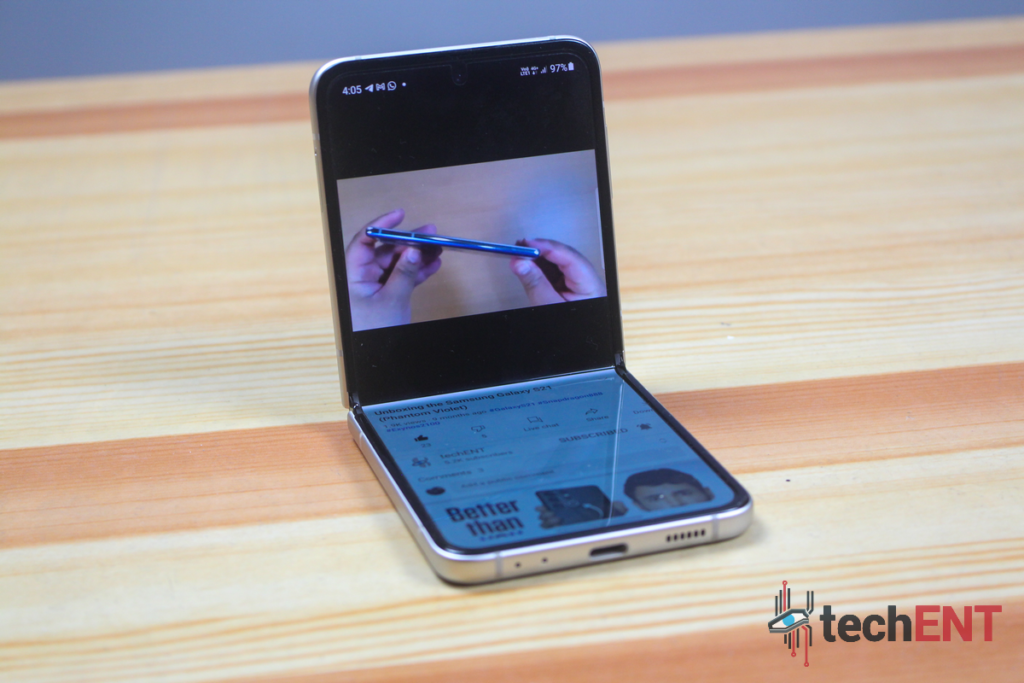
The Flip3 continues this legacy by adding more features to the cover screen. The new widgets allow us to get more things done without opening the phone. This includes adding appointments to calendars, replying to messages and even taking pictures if the need arises. However, the more capable processor also allowed us to multitask more efficiently with split-screen multitasking. There was little to no slow down when using apps like Microsoft Excel and Samsung Email in split-screen. Even using Google Keep and Chrome in the same multitasking mode was a breeze.
Call Quality & Connectivity
It should come as no surprise that call quality and connectivity on the Flip3 is good. The smartphone comes with pretty much all the connectivity options you could need including the added futureproofing of 5G. Unfortunately, Malaysia hasn’t rolled out 5G, so we couldn’t really put that to the test.
However, aside from 5G, it comes with Bluetooth 5.1, WiFi 6 (AX) and 4G LTE. The connectivity options were robust enough that there were hardly any instances where we were offline. Bluetooth connectivity was stable on the Galaxy Buds Pro and even on the Sony WF-1000MX4. In fact, it seemed to be more stable and reliable than a few of the other review devices we had in-house and even my personal Galaxy Note10+. I could leave the smartphone in my room and walk a good 10 to 20 meters outside to the hall – mind you this also meant that the signal had to pass through a concrete wall. Even walking to the second floor of my house didn’t have the regular signal degradation. That said, once I was outside about 25 meters, connectivity started becoming spotty and weak.
Over WiFi and 4G, the Flip3 performed admirably. It had no issues when it came to connectivity. In fact, similar to the Bluetooth experience, the foldable seemed to have better connectivity than a few other smartphones. It was able to connect to 4G where other devices dropped to 3G. Even speeds over 4G networks was a little faster on the Flip3. When it came to WiFi, the Flip’s WiFi6 support allowed it to have better, faster connectivity.
Gaming
The only area where I would say the Flip3 has a few issues was with gaming – but it’s not for lack of performance capabilities. The elongated, hinged form factor was the main reason we had issues with the smartphone. The atypical aspect ratio meant that games were ill optimised to the screen. This was exacerbated by touch controls which took up more screen real estate than usual. In addition, the fact that you typically play in landscape made me even more aware of the hinge as there was always a lurking fear that being too engrossed in the game would make me accidentally overstrain the hinge – but that’s something that faded away the more I used the smartphone.
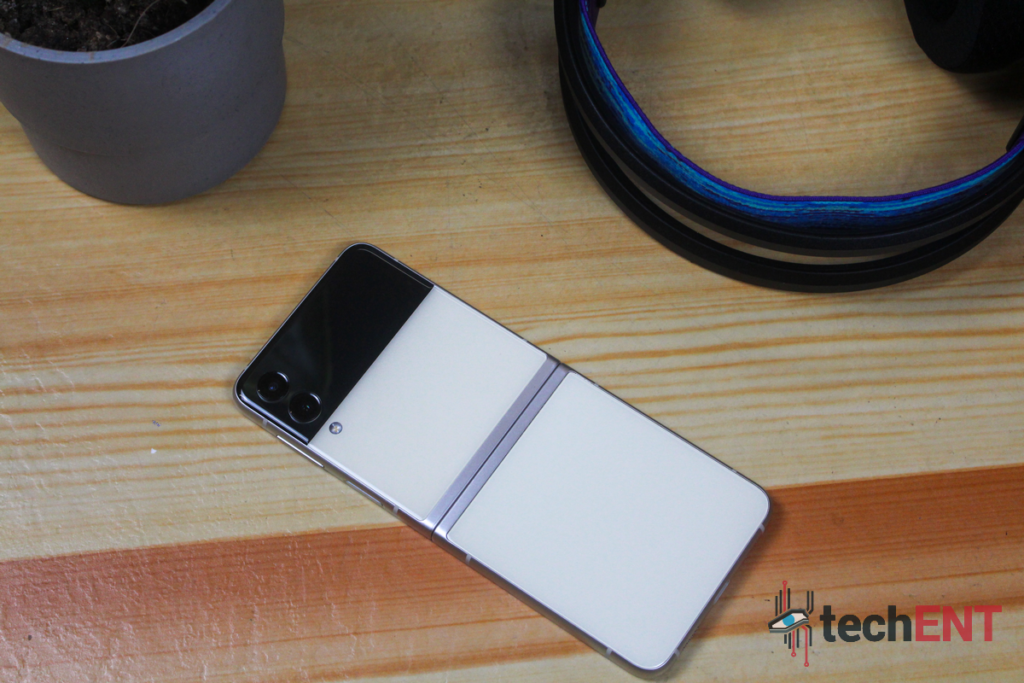
Performance-wise, gaming was a breeze on the Flip3. Games like Genshin Impact had little to no issue running on the phone. In fact, even Pokémon UNITE played smoothly on the smartphone. There weren’t many instances where screen tearing occurring and load times in Pokémon UNITE were quicker than the Switch. Touch controls were responsive and the sound experience from the smartphone was surprisingly good. However, with prolonged gaming sessions, the phone does tend to get a little warm.
The only thing we thought could have made the gaming experience more a little better would have been the optimisation of games to make use of the folded form factor. A few emulators were able to do this but mainstream games haven’t yet cooked up the feature. Hopefully, that changes with Android 12L coming soon.
Battery Life
Samsung has steadily been improving on their battery life when it comes to devices in general. That rings true for the Galaxy Flip3. It is one of the smartphones from Samsung with the longest battery life yet. The main contributor to this would be the fact that during my time with it, I hardly found myself opening the smartphone to use the screen. The cover display was where I was interacting most with the smartphone.
However, even with that, the longest active time I got with the smartphone was about 6 hours; This was with a little bit of word processing, social media and some light reading on Google Chrome. When gaming, this was significantly shorter, coming in at only about 3 to 4 hours; at the absolute maximum, it lasted about 5 hours.
Display
The Flip3 comes with a foldable AMOLED 2X display panel with an FHD+ resolution. As mentioned earlier in the review, the display comes with a rather odd 22:9 aspect ratio. That said, the display continues Samsung’s legacy of having pretty decent displays with good colour reproduction. While the Galaxy Z Flip3 does share the tendency of oversaturating reds, using it in natural settings does dial back the saturation. That said if you want more control over the colour reproduction on the phone the advanced mode under the “Vivid” option allows you to get into the nitty-gritty of the colour calibration. The added HDR10+ compatibility gives the screen a better colour range and accuracy with deeper blacks and more vibrant colours with compatible content.
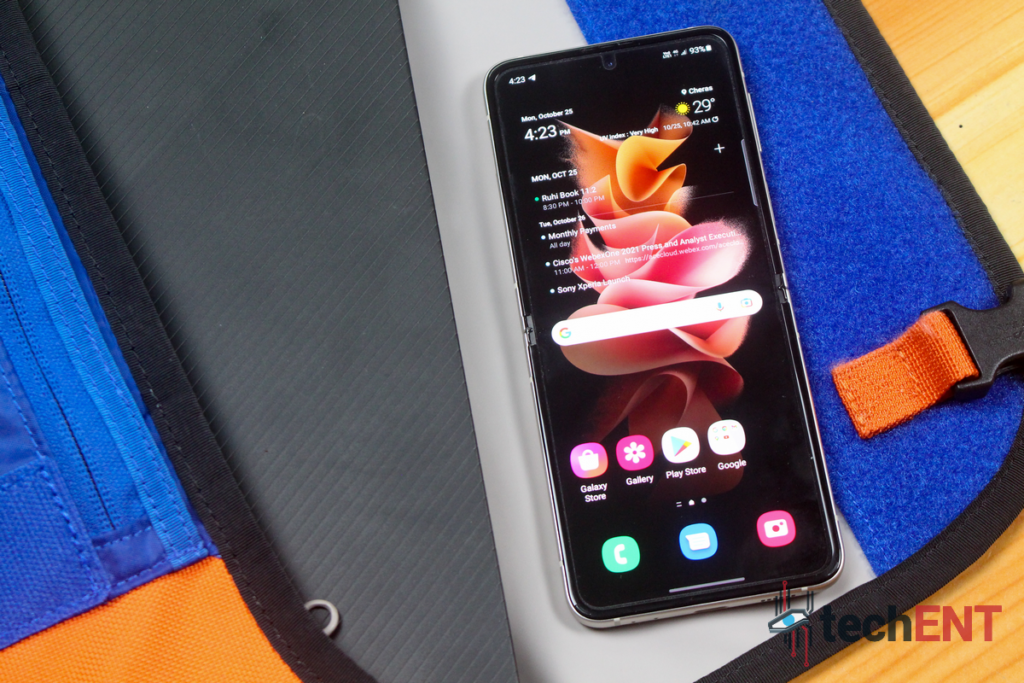
That aside, the display’s odd aspect ratio does mean that you will have to contend with black bars in most cases. Even with the more cinematic 16:10 aspect ratio, the phone will compensate with two black bars flanking on either side of the content. While it’s not as jarring, it can be disruptive when watching older 4:3 format shows.
The display’s 120Hz refresh rate is noticeable when using the phone for games and scrolling through documents. The high refresh rate also lends itself to a more fluid experience with the phone’s UI overall. By default, the screen is set to an adaptive mode where the screen will dynamically adapt to the content on the screen. Samsung’s implementation of this is one of the better ones in the market. You hardly see the stutter when the refresh rate is increased or decreased as it adapts to content.
Cameras
Unlike its other flagships, Samsung has opted to not equip the Galaxy Z Flip3 with triple or quadruple-camera sensors. Instead, the Flip3 comes with 2 sensors and, in all honesty, you’re not really missing out when it comes to camera performance. The company still manages to make the setup one that’s feature-packed and pretty complete. In fact, it might just disprove the convention that more sensors make a better camera experience.
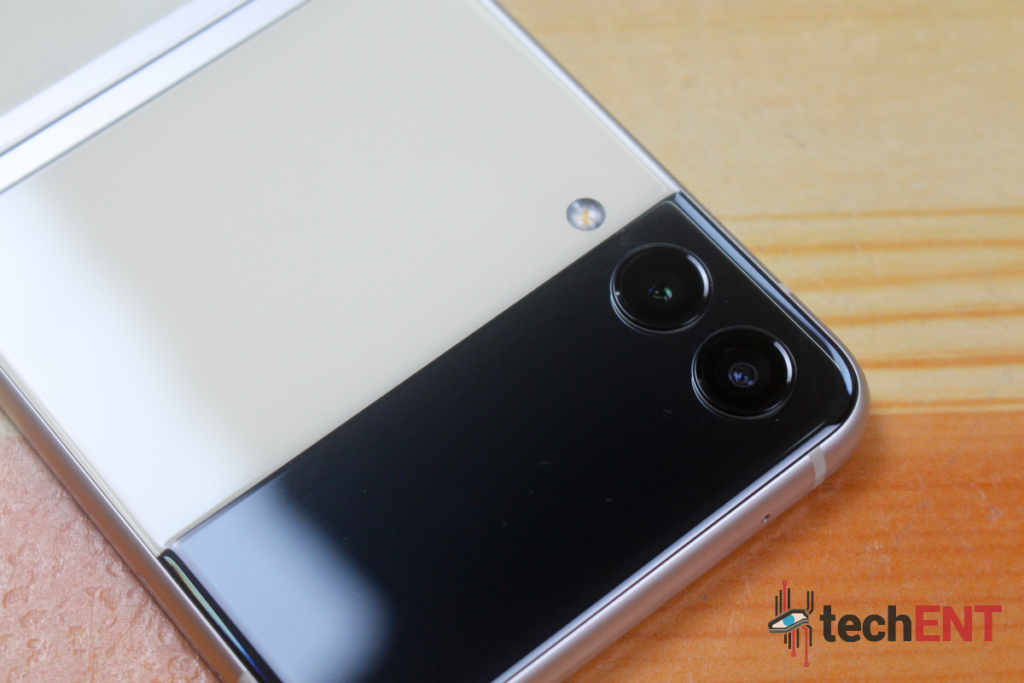
Up in the front, the Galaxy Z Flip3 is equipped with a 10-megapixel sensor. The sensor makes the most sense for the Flip given that I found myself defaulting to the main sensors. The selfie sensor was only my go-to when it came to video calls. This was mostly because of the convenience the folding allowed me when using it. It allowed the phone itself to become like a tripod and freed up my hands to do other things. That said, the images from the selfie camera were still pretty sharp and detailed.
The main camera setup is an unusual combination of two 12-megapixel sensors – a wide sensor with an f/1.8 aperture and an ultrawide one with an f/2.2 aperture. Samsung didn’t even include its variable aperture technology. However, the combination gave relatively good photos. The colours were bright and popped. It wasn’t too overly saturated either. In fact, it felt a little bit more tuned than the S21 and S21 Ultra.
That aside, the camera combination allowed the Flip to be a little more versatile than other dual-camera smartphones. While the lack of a telephoto meant that there’s no optical zoom, the limited digital zoom allowed for good zoomed-in photos. However, don’t expect the quality to be anything like other smartphones with optical zoom. In fact, pictures beyond 2x or 3x zoom become grainy and unusable. Zoom aside, the phone was still able to adapt with portrait mode and was even able to take close up shots. The versatility proved to be quite useful during our review period, but it still is no replacement for a DSLR.
The main camera paired with the cover screen is also a winning combination. The fact that you’re getting stunning selfies thanks to the main sensors is a win in our books. What’s more, you don’t even need to flip the phone open to use them. However, the size does limit the versatility of the cameras. Although, that’s not really a deal-breaker considering you technically can just flip the phone open to use the cameras fully.
A New way to Think of Flagships – a Trend Setter making way for more possibilities
When it comes down to it, the Galaxy Z Flip3 is an iterative update – a finetuning of a formula that we know Samsung is going to be iterating on. However, the improvements made the phone a lot more useful and utilitarian than its predecessor. In fact, it would be my go-to for a phone if it weren’t for the lack of an S-Pen. Samsung has made the Z Flip3 a contender for phone of the year by focusing on what matters with any smartphone – its user experience.
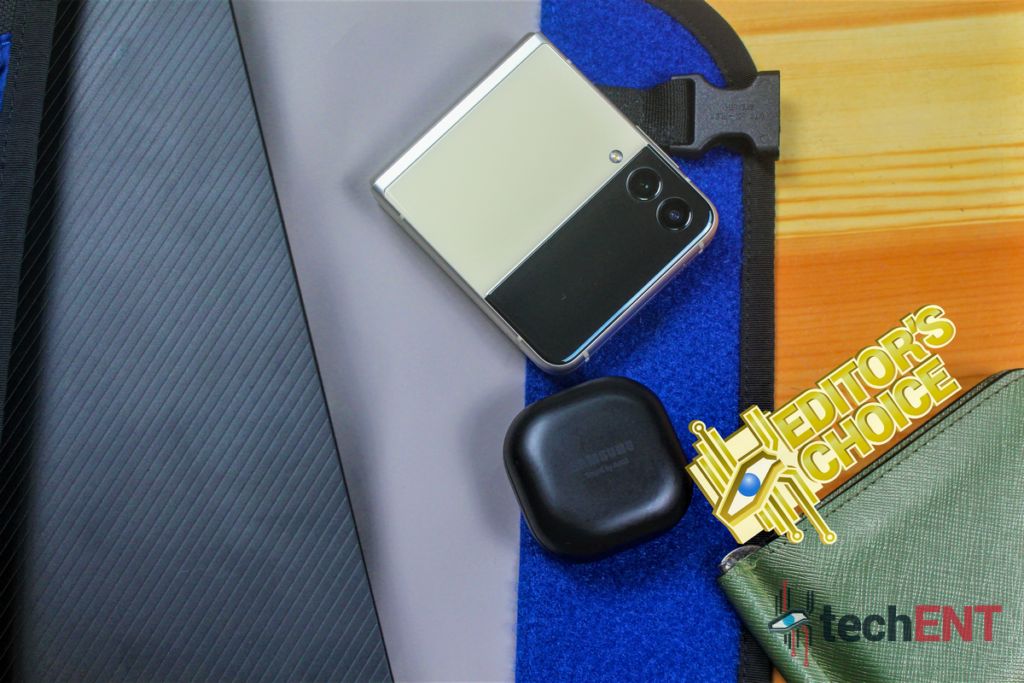
To date, we haven’t seen any other smartphone which brings the optimisations and thoughtful iteration that the Z Flip3 brings. Each update and upgrade of the design and software was done with purpose and enhances the overall experience of the smartphone. It’s both stunning visually and conveniently utilitarian.
Of course, if Samsung’s focus was simply on style, it’s done quite a bit when it comes down to it. The Z Flip3 is gorgeous. The sleek exterior belies its true capabilities and performance. In fact, it’s impressed us so much we’re giving it an editor’s choice award. The Galaxy Z Flip3 strikes a unique balance between function and form that makes it an undeniable trend setter.



